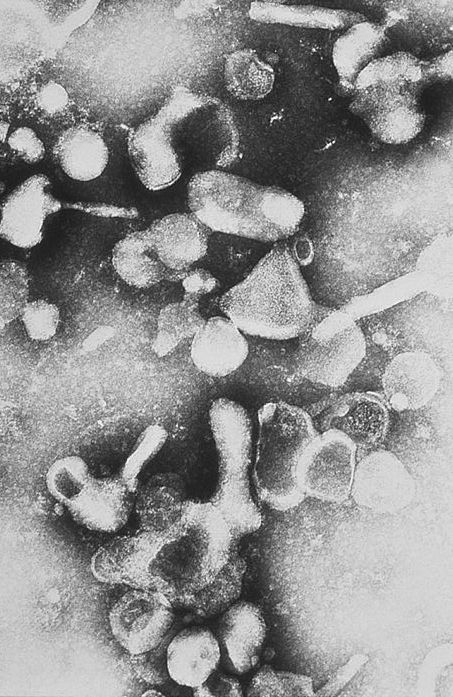Difference between revisions of "Category:Retroviridae"
Jump to navigation
Jump to search
(Created page with ' File:FeLV logo.jpg =Introduction= Retroviruses are persistent, non-cytopathic, systemic viruses that give rise to secondary disease, such as tumors, immune-complex diseas…') |
|||
| (15 intermediate revisions by 2 users not shown) | |||
| Line 1: | Line 1: | ||
| + | {{frontpage | ||
| + | |pagetitle =Retroviridae | ||
| + | |pagebody = Retroviruses are persistent, non-cytopathic, systemic viruses that give rise to secondary disease, such as tumors, immune-complex disease, or immunosuppression. | ||
| + | |contenttitle =Content | ||
| + | |contentbody =<big><b> | ||
| + | <categorytree mode=pages>Retroviridae</categorytree> | ||
| − | + | |logo =FeLV logo.jpg | |
| + | }} | ||
| + | {{Learning |Vetstream = <p>[https://www.vetstream.com/felis/Content/Bug/bug60015.asp Feline Immunodeficiency Virus]</p><p>[https://www.vetstream.com/felis/Content/Bug/bug60014.asp Feline Leukemia Virus]</p>}} | ||
| − | |||
| − | |||
| − | |||
| − | |||
| − | |||
| − | |||
| − | |||
| − | |||
| − | |||
| − | + | [[Category:Viral Organisms]] | |
| − | + | [[Category:To_Do_-_Clinical/Viruses]] | |
| − | |||
| − | |||
| − | |||
| − | |||
| − | |||
| − | |||
| − | |||
| − | |||
| − | |||
| − | |||
| − | |||
| − | |||
| − | |||
| − | |||
| − | |||
| − | |||
| − | |||
| − | |||
| − | |||
| − | |||
| − | |||
| − | |||
| − | |||
| − | |||
| − | |||
| − | |||
| − | |||
| − | |||
| − | |||
| − | |||
| − | |||
| − | |||
| − | |||
| − | |||
| − | |||
| − | |||
| − | [[Category:Viruses]] | ||
Latest revision as of 00:09, 16 June 2016
Retroviridae
Retroviruses are persistent, non-cytopathic, systemic viruses that give rise to secondary disease, such as tumors, immune-complex disease, or immunosuppression.
| Retroviridae Learning Resources | |
|---|---|
To reach the Vetstream content, please select |
Canis, Felis, Lapis or Equis |
Subcategories
This category has the following 3 subcategories, out of 3 total.
Pages in category "Retroviridae"
The following 4 pages are in this category, out of 4 total.
